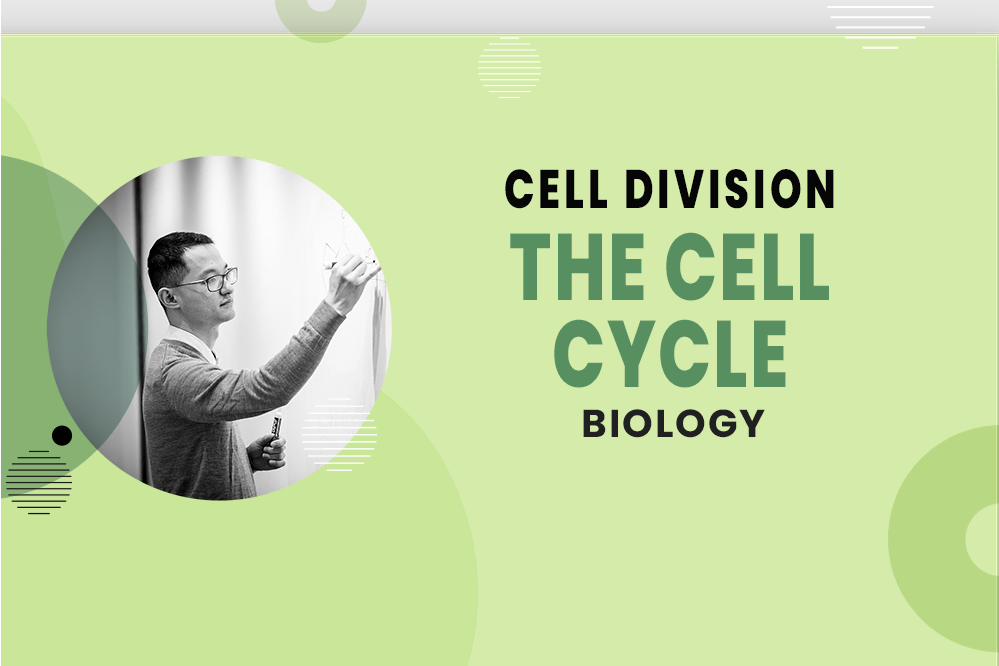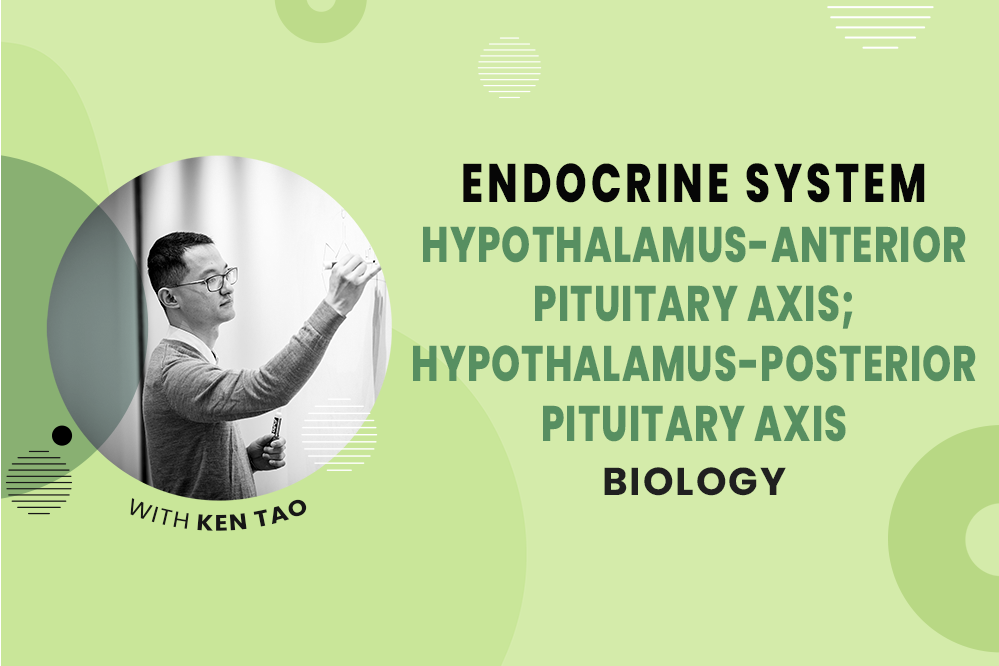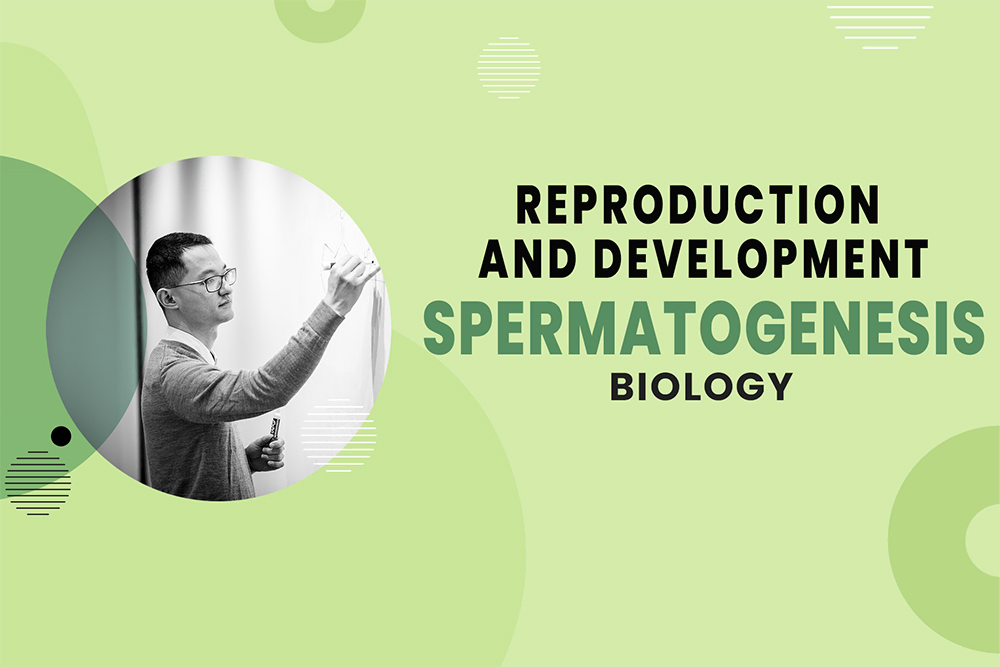a) The actin-myosin contractile ring initiates the formation of the cleavage furrow
b) Sister chromatids separate and are pulled to opposite ends of the cell
c) Microtubules bind to kinetochore proteins on chromosomes
d) The nuclear membrane breaks down
Get 1-on-1 MCAT Tutoring From a Specialist
With MCAT tutoring from MedSchoolCoach, we are committed to help you prepare, excel, and optimize your ideal score on the MCAT exam.
For each student we work with, we learn about their learning style, content knowledge, and goals. We match them with the most suitable tutor and conduct online sessions that make them feel as if they are in the classroom. Each session is recorded, plus with access to whiteboard notes. We focus on high-yield topics if you're pressed for time. If you have more time or high-score goals, we meticulously cover the entire MCAT syllabus.
Mitosis vs Cell Division vs Cytokinesis
Mitosis is the part of the eukaryotic cell cycle where replicated DNA is separated into two new nuclei. This process is unique to eukaryotes. Prokaryotes do not undergo mitosis; they instead perform binary fission.
Mitosis is sometimes confused with cell division and cytokinesis. Cell division is the entire process of creating two genetically identical cells. Mitosis and cytokinesis, on the other hand, are individual stages of cell division. During mitosis, replicated DNA is separated into two new nuclei. During cytokinesis, which occurs after mitosis, the cell's cytoplasm divides, resulting in two daughter cells. So, mitosis can be thought of as the division of the nucleus, cytokinesis can be thought of as the division of the cytoplasm, and cell division can be thought of as the division of the entire cell, including both the nucleus and the cytoplasm.
Mitosis involves several key steps: prophase, metaphase, anaphase, and telophase. For the MCAT exam, it is essential to understand what happens in each of these phases, as well as the molecules involved.
Mitosis Step 1: Prophase
The first phase of mitosis is prophase. There are three key events that occur during this phase, as shown by Figure 1. First, the chromosomes condense. (At this point, they can be visualized under a light microscope as sister chromatids.) Second, the mitotic spindle, which is made up of microtubules, begins to form. Lastly, the nuclear membrane breaks down.
There are several cell structures relevant to prophase that you must know for the MCAT. The first of these is the centrosome, which is an organelle that serves as the microtubule-organizing center in eukaryotes. As you can see from Figure 1, the centrosomes are made up of two structures known as centrioles, which actually produce the mitotic spindle (made primarily from microtubules) during mitosis. Asters, meanwhile, are the "star-shaped" structures composed of a centrosome and its associated mitotic spindle.

Figure 1: Prophase
Step 2: Metaphase
After prophase comes metaphase, during which the mitotic spindle latch onto the sister chromatids at the centromere (Figure 2). It is important to remember that because mitosis occurs after DNA replication, each chromosome consists of two identical sister chromatids, which are shown in more detail in Figure 3. The centromere is the specific region of DNA on the chromosome where the sister chromatids are linked. On top of the centromere, there are proteins called kinetochores to which mitotic spindle bind. Once this happens, the mitotic spindle align the chromosomes along the metaphase plate.

Figure 2: Metaphase

Figure 3: Sister Chromatids, Centromere, and Kinetochores
Step 3: Anaphase
During anaphase, the mitotic spindle contract, and the sister chromatids are pulled apart to opposite ends of the cell (see Figure 4).

Figure 4: Anaphase
Step 4: Telophase
The last phase of mitosis is called telophase (Figure 5). Telophase reverses the three key events of prophase. So, during telophase the chromosomes decondense, the mitotic spindle breaks down, and a new nuclear membrane forms. Again, these events are the reverse of the events of prophase.
One other important event happens during telophase: the cleavage furrow forms. The cleavage furrow consists of a contractile actin-myosin ring, which during the subsequent process of cytokinesis, pinches the cell until it divides the cytoplasm completely and results in the formation of two daughter cells.

Explore More
MCAT Masterclass Chapters
Take a closer look at our entire MCAT Masterclass or explore our Biology lessons below.
- MCAT Biology , MCAT Biology The Cell Cycle View Subject
- MCAT Biology , MCAT Biology Cancer View Subject
- MCAT Biology , MCAT Biology Oogenesis View Subject
- MCAT Biology , MCAT Biology Spermatogenesis - MCAT Biology View Subject
- MCAT Biology , MCAT Biology Histones, Chromatin, and Chromosome Coiling View Subject
- MCAT Biology , MCAT Biology Post-Translational Modification of Proteins View Subject




